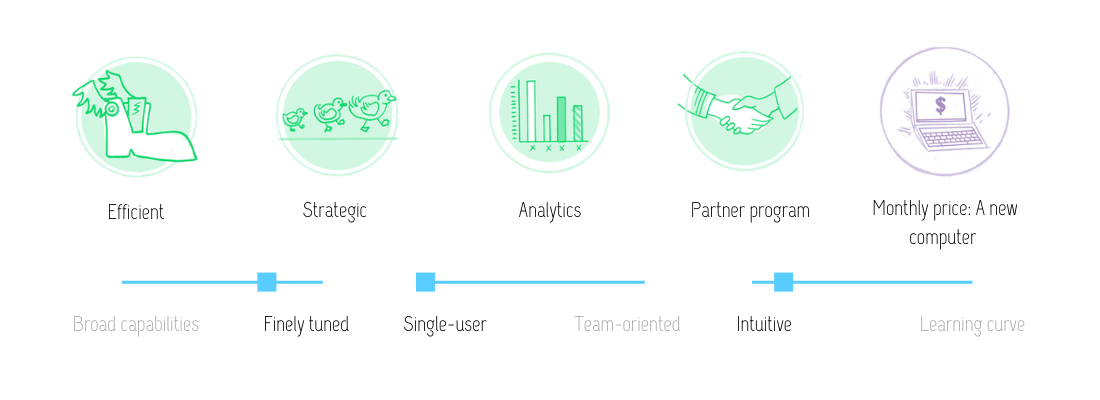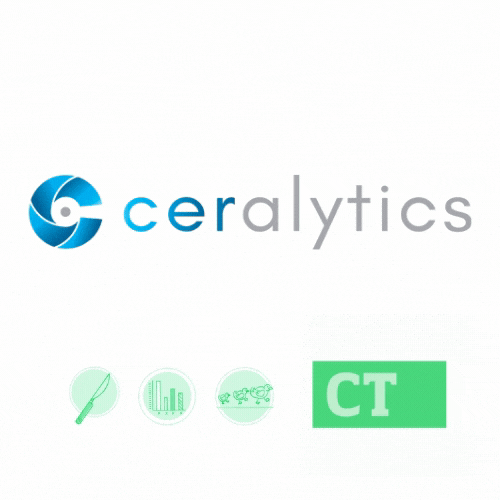This review originally appeared in the August 1, 2019 issue with the email subject line "Luke Skywalker Is Nobody's Favorite" and an essay on making better editorial calendars with data stories.

Content Intelligence tools aggregate data from search results, competitor websites or publicly available social data, then present it back for editors and marketers in one form or another. The best of these organize their data with custom KPIs that incorporates several different metrics and present it back clearly. The worst spit out a word cloud and poor, void-of-context strategic advice like “write more posts.”
Ceralytics is one of the best. It aggregates Google Analytics, social shares, and competitor website data to help you understand current content performance and opportunities to stand out. The design is clean, bright and clear. You’re not drowning in a sea of charts.
The tool looks at years of your historical data, which in my experience is far more useful than real-time analytics. It tells you where you’ve gone and where you are, without obsessing over viral hits.
Ceralytics consolidates common analytics sources and competitive intelligence into strategic dashboards that can form the building blocks for a content calendar. It would take a good content analyst a few days to put together the same high-quality report. The tool also:
- separates which content drives awareness and which content converts, since both are key to creating a strong editorial calendar
- provides custom metrics like average sessions per page, which helps teams understand content that is drawing quality traffic and might need a paid boost*
- provides topic-level insight for cornerstone, pillar and brick content
- is intuitive… as long as you have an understanding of Google Analytics and social media metrics
- offers significant support from customer support reps if you’re just embarking on your content analytics journey and want an expert to interpret the data for you.
I’d recommend Ceralytics for businesses that have a year or two of content in their libraries and are looking to take the next step in their content marketing efforts. It only monitors a limited set of competitors, so you’ll need to keep your eyes out for fresh ideas and more disruptive competitors with other tools.
Like all analytics tools, good writers and editors will be crucial to give life to the data stories Ceralytics tells. In the hands of the right creative team, the tool could turn weeks of agonizing over content planning into a few very efficient days. It’s not the cheapest tool on the market, but it’s worth the money — especially since they’re looking to add more SEO-focused capabilities in the near future. (And in the “it’s the cost of a computer” continuum, it’s the price of a good netbook vs. a new Mac Pro.)
And finally… they have one of the best content marketing newsletters from any tool on the market. Highly recommended.
*Google Analytics provides pages per session as a default, but this metric would need custom setup in a standard GA implementation.
Hand-picked related content







